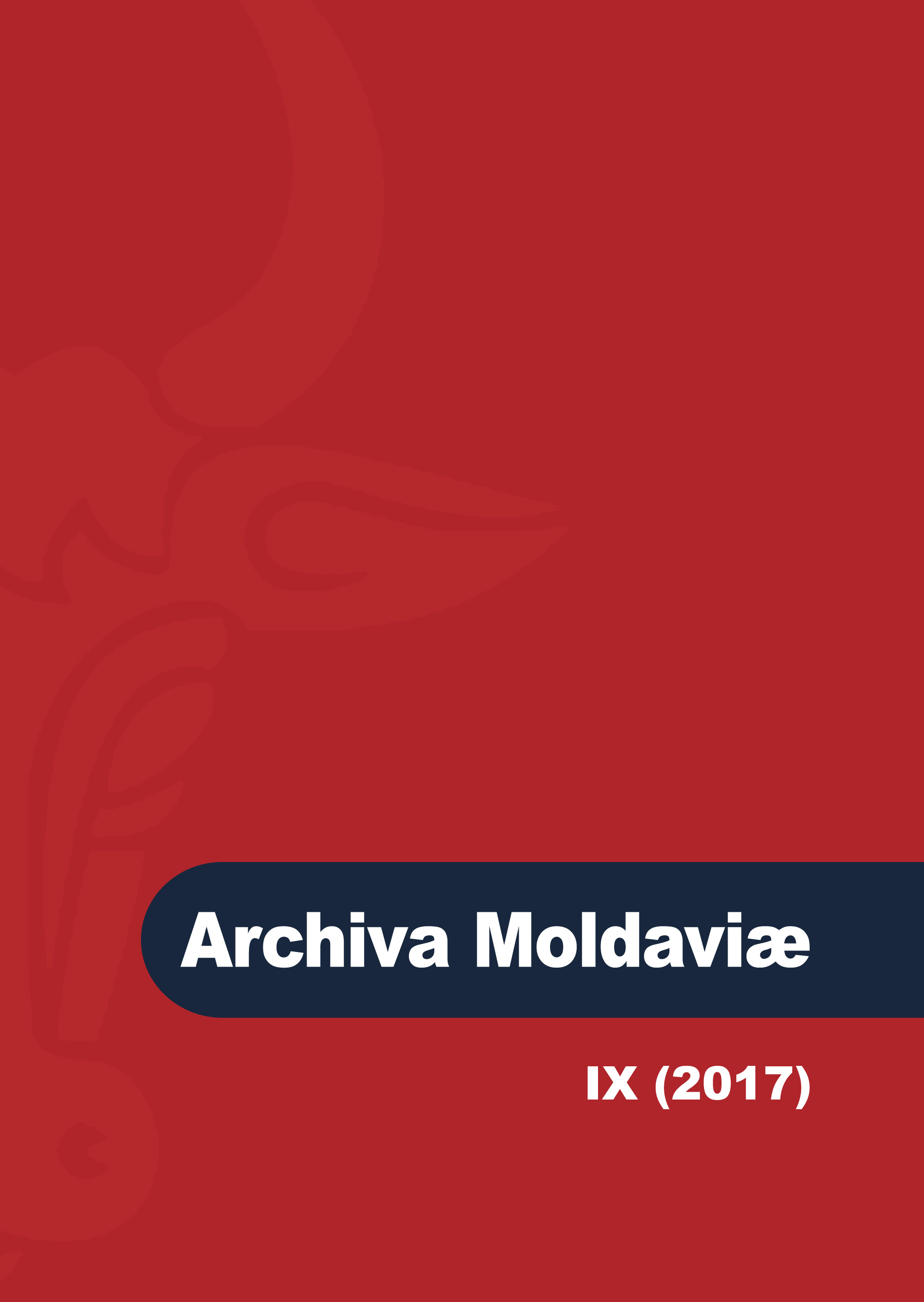„Supliciile” profesorului Oreste Tafrali la Universitatea din Iași:
o poveste despre vanități și incompatibilități culturale
The “Torment” of Professor Oreste Tafrali at the University of Iași:
a Story about Vanities and Cultural Incompatibilities
Author(s): Leonidas RadosSubject(s): Cultural history, 19th Century
Published by: Societatea de Studii Istorice din România
Keywords: Oreste Tafrali; University of Iași; centre; periphery; academic milieu; archaeology; byzantine studies;
Summary/Abstract: A former student of the professor Grigore Tocilescu at the University of Bucharest, Oreste Tafrali has specialized in archaeology and art history in Paris, along with great names in the field, such as Charles Diehl, Gabriel Millet, Edmond Pottier etc. He returned back home with a doctoral degree in humanities with professor Diehl in 1913, and was appointed immediately as professor of Archaeology and Antiquities at the Letters Faculty of the University of Iași. Despite his involvement in the life and well-going of his university and his filed of science, he did not adapt at all to Iași, a fallen city with an intellectual environment that he considered superficial and even hostile. So, he dreamed his entire life to a viable transfer to the University of Bucharest, whoever without success. He was not the only scholar in this situation, because Iași had become a city in economic and social involution after the establishment of Romania’s capital in Bucharest in 1862. Even worse, due to the lack of sufficient funds, the city was left behind by Bucharest in areas considered to be its aptitude in the past, like cultural and scientific life. Most of the teaching staff coming from the South had great adaptation problems. For them, moving to Bucharest was a matter of life and death, for only there, they thought, could achieve adequate academic recognition and social promotion. Some of them used the “ambulance” solution that is, living in the capital and coming to Iași for only 1 or 2 days for teaching courses, but violating that way the primary sense of the profession, the building of characters and training of future citizens. My article follows the attraction of the named scholar toward Bucharest, as well as his “nightmare” in Iași, where he had bad personal relationships with some colleagues. Besides the specific literature, the documentary base is made up of Oreste Tafrali’s correspondence with Demosthene Russo (unpublished), plus other correspondence funds or archive documents from both Iași and Bucharest.
Journal: Archiva Moldaviae
- Issue Year: IX/2017
- Issue No: 9
- Page Range: 97-120
- Page Count: 24
- Language: Romanian

